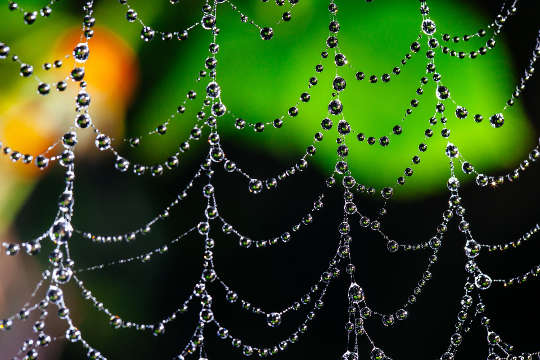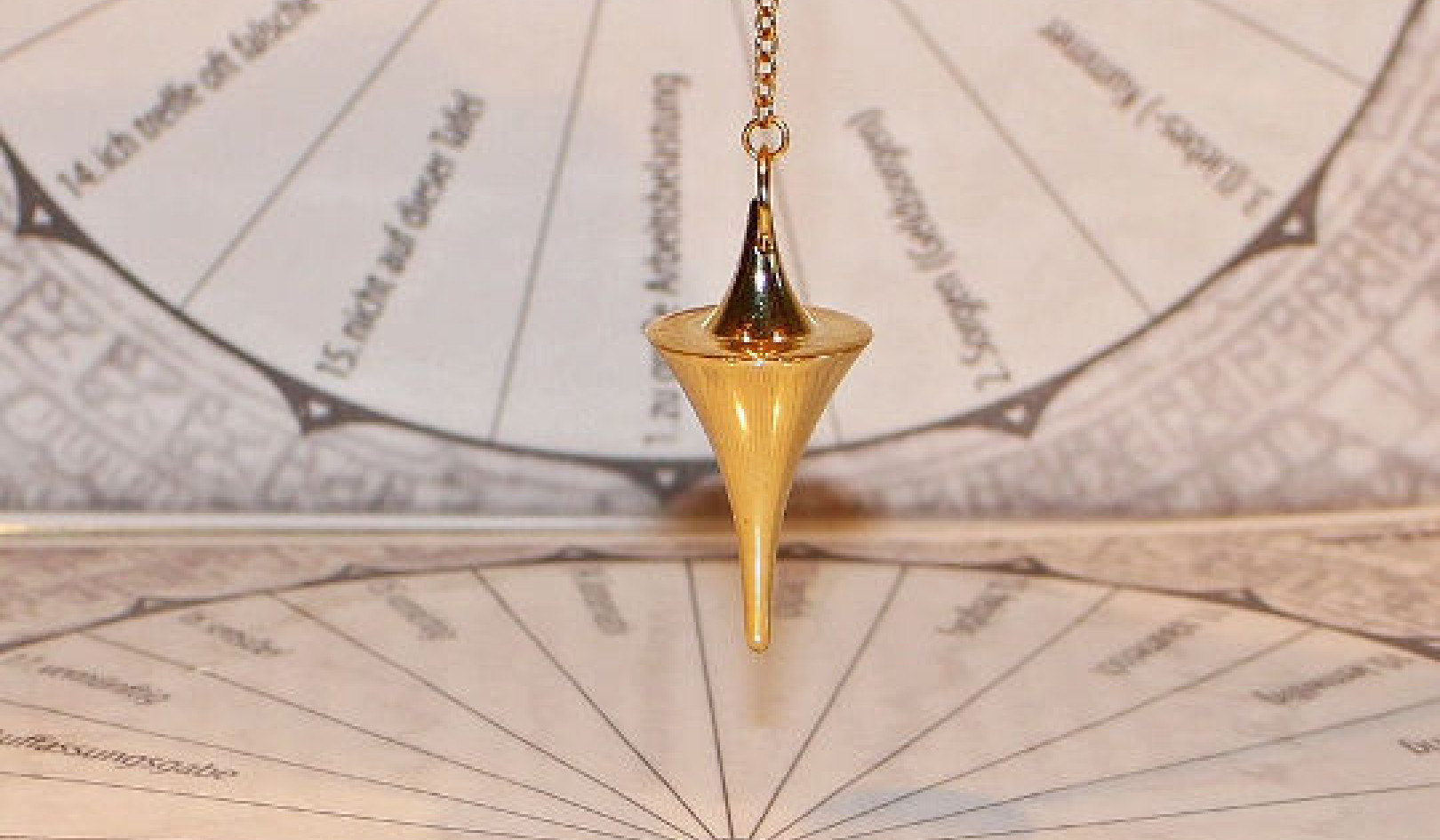
image by benjamin Balazs
Having been bitten by a spider or unnerved by walking into a spider’s web gives rise to personal fears. That spiders are commonly depicted as scary and threatening in our society reinforces the fear. Add to that a disgust response to multiple eyes and hairy legs, fast movements, sticky webs, and a heaping dose of media predilection to display dramatic spider bites or cast spiders as villains in films, and it is easy to see why spiders have such a bad rap in western culture. arachnophobia is a learned phobia, mostly influenced by cultural beliefs and experience.
As with treating most phobias, the trick is to shift fear to curiosity. Because arachnophobes usually don’t know much about spiders, they tend to believe the worst. But a learned set of beliefs can be unlearned and replaced with new, factual understanding.
Treatments that combine education and experience thus generally work best, for the more we know about spiders, the more interesting they become. And when agitation yields to amazement, the more likely we are to release irrational fears.
An impressive 90 percent of those seeking treatment for arachnophobia show clinical improvement in anxiety. Yet, if spiders present so little of an actual threat to our survival, why do we fear them so much?
The Spider as a Shadow Animal
Shadow animals represent that which we repress, disown, or judge in ourselves. Is it possible that tiny Spider possesses some very big medicine—something so powerful that nearly a third of all humans don’t want to see or even think about it?
The first spiders scurried over the earth 4 million years ago. But it took another 1 million years for them to become successful as the clever arachnids they are today. Aeronauts, architects, designers, divers, weavers, and engineers—spiders not only astonish and mystify, but are incredibly diverse and accomplished.
Some stalk, some hunt with bolas, some throw nets, some wait in burrows, and some use pheromones to catch their prey. No matter how they do it, all spiders are predators—skillful, calculating hunters that know exactly how to use their talents to fulfill their needs.
While almost all spiders are venomous, very few are dangerous to humans. Spider venom is not designed to harm large creatures such as ourselves, though it can sometimes trigger an allergy, cause pain, illness, or in very rare cases death. With the development of antivenins, however, death by spider bite rarely occurs anywhere in the world, especially in North America.
Most spiders are delicate and nonaggressive. While they generally avoid human activity, they are nonetheless incredibly beneficial to us. By eating vast amount of insects—aphids, fleas, roaches, mosquitoes, and more—spiders help the world to maintain ecological balance.
These are facts. But in the throes of terror, facts are forgotten. In exploring shadow animals, detective work is key. There is no one-size-fits-all answer as to what wisdom or special teaching Spider holds for you. Rather, we each need to deepen our focus, consult our feelings, question ourselves, and follow the clues.
There is an art to feeling what resonates within. Breathe deep; sink down; listen, sense, intuit. We need to be patient and allow our curiosity to open us. By paying attention to feelings, we can sense when something is not quite right or gives us a queasy little tug. That is our subconscious whispering, Yes, look here—what’s this uncomfortable feeling? By trusting ourselves to follow such clues, we begin to discover more about who we are.
What Really Bothers You about Spider?
All those eyes! All those legs—so hairy and fast! And those fat, squishy bodies, too!
Long ago, before we were squeamish about spiders, we were enthralled. The ancients recognized Spider as a master of creation, communication, and cosmic design. Producing magical threads from its body, patiently joining one silken strand to another, weaving a unified pattern of wholeness,
Spider both forms and reveals the universal tapestry of life. Positioned in the center of their webs, eight long legs splayed forth, multiple pairs of eyes gazing in all directions, spiders were once viewed as mystical creatures that guarded the secrets of sacred knowledge.
All spiders have eight legs (an easy way to distinguish them from six-legged insects), most have eight eyes (though some have six, four, two, or none at all), and many have a body divided into two segments that resemble a figure 8. This is why ancient peoples also associated Spider with the lemniscate, the symbol for infinity and the endless flow of energy.
Spiders in History: Venerated & Respected
Venerated in countless myths and legends, Spider creates the universe, initiates the flow of cosmic order, and oversees the divine plans of creation. So too does Spider inspire poets and artists and offer wise counsel to kings and rulers throughout the ages.
In ancient Sumeria, Uttu—the celebrated goddess of weaving—was envisioned as a spider creating a web. Both Mayan goddess of procreation (Ixchel) and Egyptian goddess of hunting (Neith) were associated with spiders. And in India, Spider is linked to the great goddess Maya, the weaver of illusion and reality, reminding us that things are not always what they seem, nor all as it appears to be.
In some myths, Spider is the guardian and keeper of words. By spinning designs upon her web, she creates the primordial alphabet—the roots of written communication—teaching humans how to record their thoughts and share knowledge with others, both at a distance and through time.
In the Native American world, Grandmother Spider spins the great Web of Life, linking past and future, connecting all beings in her creation. Weaving loose threads into a living work of art, Spider not only designs the plan of existence, but awakens our creativity and intuitive ability to discern connections.
Spider reminds us that as we are all part of the eternal web of creation, we can access ancient wisdom. At the same time, Spider reveals the limitless ongoing possibilities of creation and teaches us how to spin our thought-webs (our plans, ideas, dreams) to bring us what we need.
Spiders are patient and persistent. A Scottish legend notes that when Robert the Bruce was badly defeated in battle against the English in the early 13s, he retreated to a cave where he noticed a spider building its web. Day after day, the spider failed to secure its threads on the damp walls or, having secured several threads, had them carelessly brushed away. When the spider finally succeeded in constructing its web, the king of Scots recognized the power of tenacity and perseverance. Revitalized by Spider’s lesson of persisting even after failure, he rallied his troops and won independence for Scotland.
The Seen and Unseen Sides of Spider
Like many shadow animals, Spider is at home in the paradox of in-between. Uniting strength and sensitivity, elegance and simplicity, creation and extermination, Spider balances the seen and unseen.
For some, the appearance of a spider heralds breakthrough and completion. On the day I finished writing my first book about animals, a spider descended from a thread upon the ceiling and hovered before my eyes. While I didn’t know what this meant, I felt it as a reassuring sign.
With every following book, Spider has appeared to me soon after I finished. At first I felt Spider was cheering me on, but as I later learned of Spider’s association with words and writing, I deepened in appreciation for the larger significance of Spider’s appearance.
Working with and Learning from Spider
In ancient Greece a noblewoman named Arachne was celebrated as a weaver. So spectacular were her creations that Athena, goddess of wisdom and the arts, challenged her to a competition. When Arachne created the perfect tapestry, Athena cursed her and poor Arachne hung herself. With later regret and humility, Athena brought Arachne back to life as a spider—the original arachnid—to be acknowledged forevermore as the most accomplished weaver in the world.
As a master weaver, Spider summons design and integration. Spider reminds us that all we envision and do in the world is part of what we create and that all aspects of our life—and all life—are linked and Spider’s elegant web interrelated. Spider can thus help us to align our thoughts, discern connections between ideas, and more consciously design our life as we spin our path and weave our reality.
By working with Spider, we can learn to unravel patterns that frustrate or hold us in knots. Spider can help us to bring together disparate threads—to recover lost selves, for example, or recall forgotten aspects of the past.
By contemplating the various threads of our web, we can discover viewpoints we had not considered or connections we did not see. Webs do not have to ensnare or tangle us; they may offer a means to see the larger whole and connect with others in unexpected ways.
Spider reminds us to hone our receptivity, pay attention to subtle details, and feel the web of life supporting us. With patience, we can better weave our reality-web into one that helps us achieve our goals and appreciate our life’s design.
Asking Questions and Following the Threads
When people say they hate spiders what they often mean is that they fear spiders. For many of us, it’s easier to hate than admit fear. And yet that’s what this book is all about: facing our fears, whatever they may be. What does Spider evoke in you? What is it that you fear so deeply in yourself that you project hatred onto spider?
To uncover any shadow animal’s teaching, you might begin by considering and describing your fears. Sketch them or paint them; dream them or dance them out of your body. Like a spider creating a web, throw out your foundational thread of fear and watch where it lands and what form it takes.
To discern Spider’s teaching can be simple and elegant: follow a strand and see where it takes you. Look for connections; sense the deeper links. By trying different things, we find what doesn’t work and what does.
Like all shadow animals, Spider can help us to discover that which is hidden, forgotten, judged, or disowned. If the thought of Spider brings uncomfortable or uneasy feelings, we have only to look at the web of self. Which of our threads quiver with tension because they are stretched too tight? Which are too loose or need repair? To create a strong web, release what does not work and reinforce what does.
Spider reminds us to consider multiple angles and viewpoints in order to be more conscious of the interconnections in our web.
Copyright 2022. All Rights Reserved.
Printed with permission.
Article Source
BOOK: Shadow Animals
Shadow Animals: How Animals We Fear Can Help Us Heal, Transform, and Enlighten
by Dawn Baumann Brunke Presenting an animal-centered guide to shadow work, Dawn Baumann Brunke reveals how shadow animals protect and advise, challenge and encourage, inspire and offer support to the spiritual adventure of enlightenment as we awaken to who we really are.
Presenting an animal-centered guide to shadow work, Dawn Baumann Brunke reveals how shadow animals protect and advise, challenge and encourage, inspire and offer support to the spiritual adventure of enlightenment as we awaken to who we really are.
The animals we fear or dislike can help us to recognize our Shadow: the hated, abandoned, judged, and denied aspects of ourselves. The author explores the lessons of numerous shadow animals, including those that many think of as shadowy, such as snakes and bats, as well as those that only seem shadowy to some, such as dogs, cats, birds, and horses.
For more info and/or to order this book, click here. Also available as a Kindle edition.
About the Author
 Dawn Baumann Brunke is a writer and editor who specializes in the areas of healing, dreaming, spirituality, animal communication, and deepening our connection with all life.
Dawn Baumann Brunke is a writer and editor who specializes in the areas of healing, dreaming, spirituality, animal communication, and deepening our connection with all life.
The author of Animal Voices: Telepathic Communication in the Web of Life, Shapeshifting with Our Animal Companions, and Animal Voices, Animal Guides, she lives with her husband, daughter, and animal friends in Alaska.
Visit her web site at www.animalvoices.net.


























